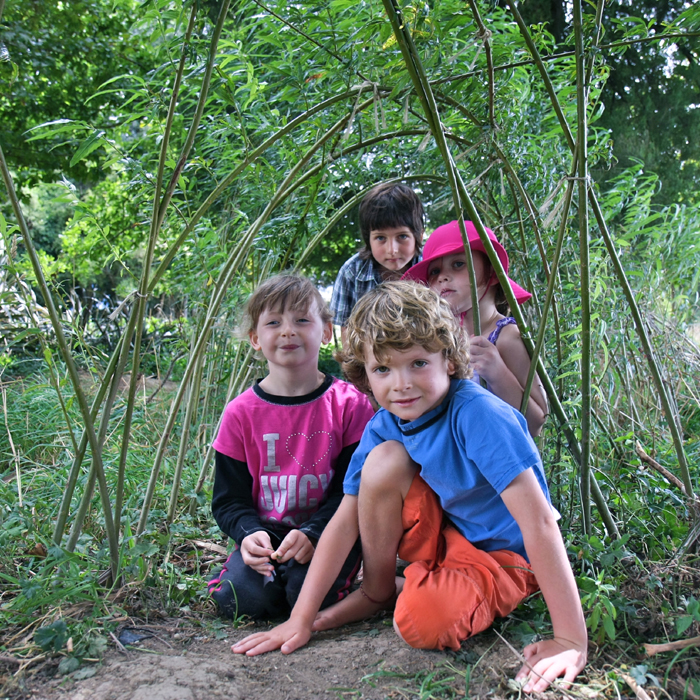About us
Go Willow! has been in business since 2009 when we made our first coffin and won first prize at the Golden Bay Art Exhibition. Since then we have made many coffins and baskets which have been delivered all over New Zealand with much admiration.
Willow is the ultimate eco-friendly sustainable material
- It is a sustainable crop. Every year we harvest it and every year it grows back.
- It is completely biodegradable
- It is strong and flexible and can be woven into many shapes and sizes.
- It is attractive and grows in many varied colours.
- It grows well in our climate, up to 3 metres a year with all the rain and sunshine.
- It is environmentally kind and needs no chemicals to make it grow.
We use four different willow varieties
We have four types of willow which give us a range of colours, from L to R: Black Maul, Red Flanders, Viminalis, Green Dicks.
We can sell "brown" willow at $24 per kilo, "buff" willow at $24 per kilo or we sell live cuttings at $1 per 30cm, which are best planted out in winter for best root growth.

We grow and weave the willow in Golden Bay
Nicola Basham learnt coffin weaving in England in 2007. The coffins are woven with a team of between 2 and 4 people and take 3 days to make.
Go Willow! has a withy bed in Golden Bay, which is where her willow is grown. This is what the willow field looks like just before we harvest - some of the willows are upto 4 metres tall. It is quite amazing that it can grow so tall in just one year, and then do it again the next year, and the next. All it needs is sun and rain.

Willow has always been used as a funerary material
In ancient Greece, willow was sacred to the deities of the underworld - Hecate, Circe, Hera and Persephone and it has been used as a funerary plant for thousands of years. Willow was associated with warding off evil, overcoming the fear of death and gives a safe passage to the after life.
.jpg)
In ancient Europe burial mounds were situated near water and often lined with willow to guard against water erosion.
In Celtic Britain it was customary to plant the willow which was the tree of death and rebirth to ensure life would continue on after death.
Living Willow
Living Willow is harvested in June/July and is kept alive by standing it in water, until it is transported to the customer. The willows are 2.5 or 3 metres high and are used for fences, wind breaks, living garden chairs and also living playhuts.
Many schools have now planted out these huts in their grounds for kids to have fun. The kids are often asked to design what they want and then help to dig the trenches, plant out the willows and tie them together. A standard hut of c. 2m diameter and 2m height will required 50 rods. 2.5m rods cost $3 each - transport extra.
If you would like to go on our mailing list, and get instructions on how to plant out the living willow, please contact us.
